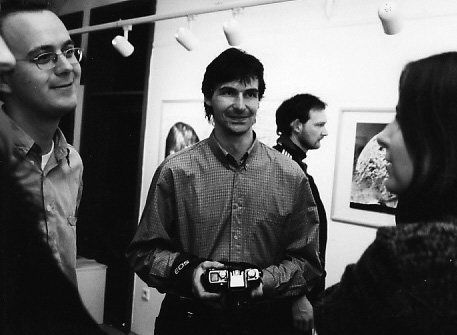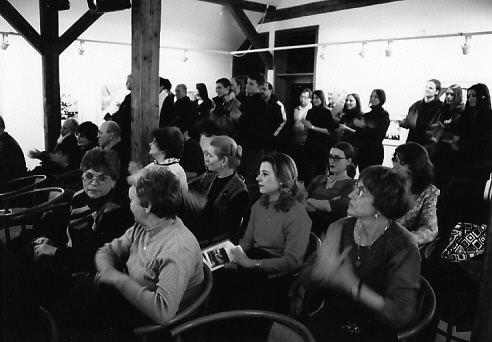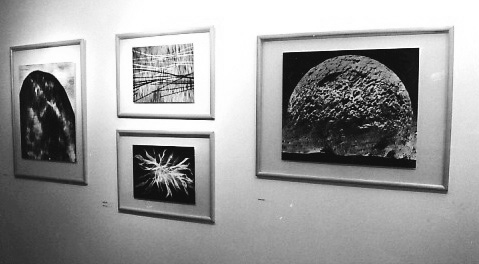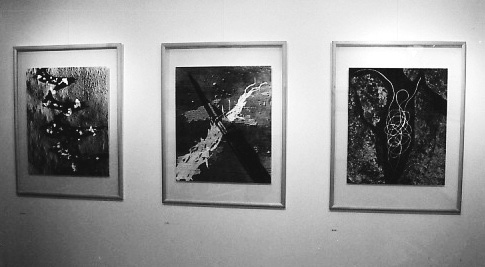blog

NAHOŘE GALLERY, KOLÍN
After over one hundred and sixty years of its existence, photography may be labeled rather obsolete by some, but fortunately there are still many who are capable of enriching our perception of the world or of ourselves through it, or who have mastered photography as their primary means of expression. Besides contemporary approaches which deal with the very status of a photographic image and its relationship to our perception of the world as a construction of images, an approach that could be called “introspective” emerges yet again in many a new form, which, on the contrary, yearns for new (photographic) worlds. It is here where the roots and impulses of Jakub Sobotka's photographic creation are to be found.
This “introspective” stream whose origins may be found as early as with English pictorialists and which can historically aptly be expressed by Stieglitz's theory of “equivalence”, went on to evolve, flavored by surrealism, in post-war photography. It would not be out of place to mention the rich tradition of Czech imaginative photography, which evolved in its own way especially in the post-war era in Moravia, e.g. through creations of Dofo group members or the works of Vladimír Židlický. Let us also mention photography's increasing tendency to step out of its conventional stream towards approaches of other artistic genres (which results in more and more difficult specification of arts based on mere technical means). Thankfully, Jakub Sobotka does not stand among those who are bound by so called “specific” features of photography; thus, in his works we may find surprising shifts from the conceptual approach of his “Portréty” (Portraits) cycle, over his land-art influenced “Akce” (Actions) to his present “private topology”.
It is safe to claim that in his “Krajina nepoznaná“ (Landscape Undiscovered) cycle, Jakub Sobotka grasps the notion of a landscape (or its / his reflections breaking out into efficient shape-like gestures) with originality. The principle of changing the reality, which is only natural to photography, has been taken to the extreme here by means of manipulating the negative. It aims to conjure up photo-graphically autonomous landscapes, barren fields, depressions and drawings in sand that are gracefully lost half-way between an ornament and a symbol. The result makes one recall the contemplative balance of Japanese gardens while hinting the increasingly significant issue of our bond with land, whose roots are ever so individual. What is greatly emphasized is the graphic potential of the photographic image and its ability to arise not only from the contact with reality but rather from itself, from the personality and creativity of its maker (who submits technically precise work with form and structure to this purpose). Sobotka's works stand out with its even childishly poetic simplicity which in its knowledgeableness dares to be decoratively literal, thus becoming a specific sort of lyrical symbolism.
But in the end, what really matters is the feeling and how to pass it on. Pass it on via photography, like Jakub Sobotka.
Pavel Vančát, art historian




